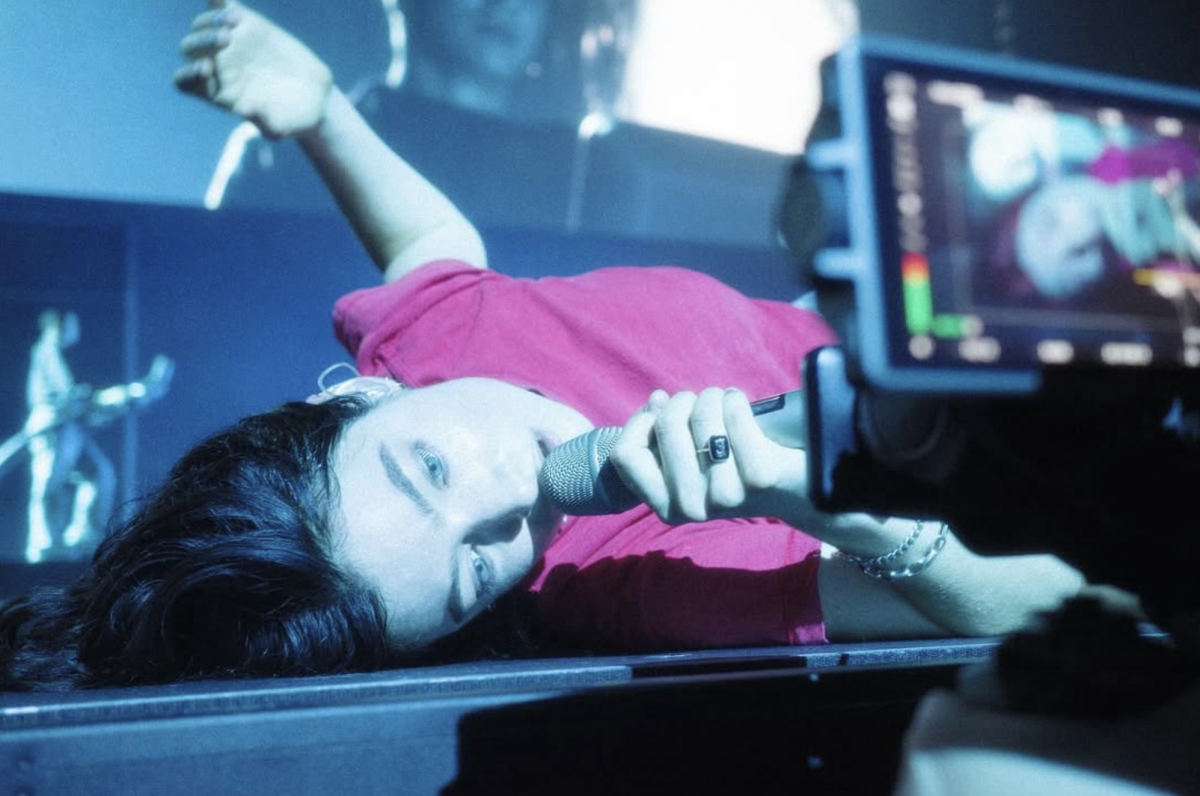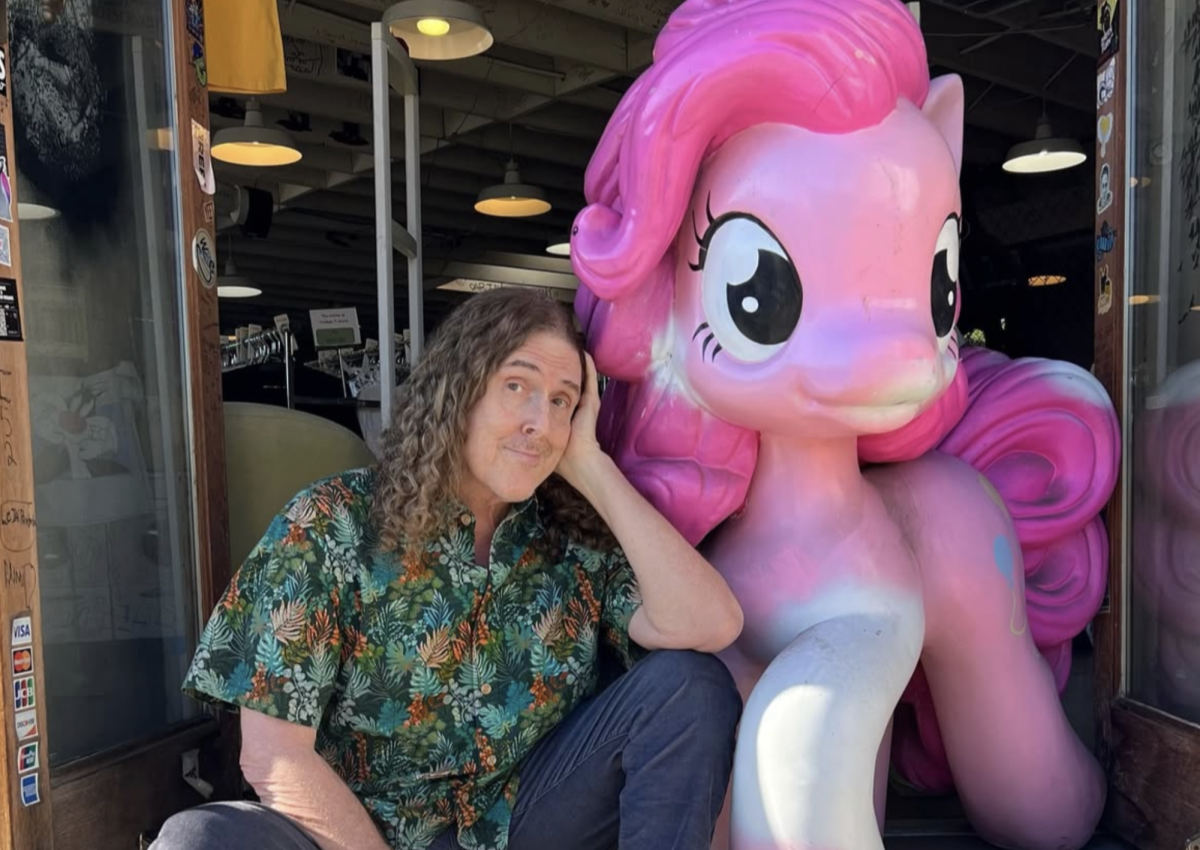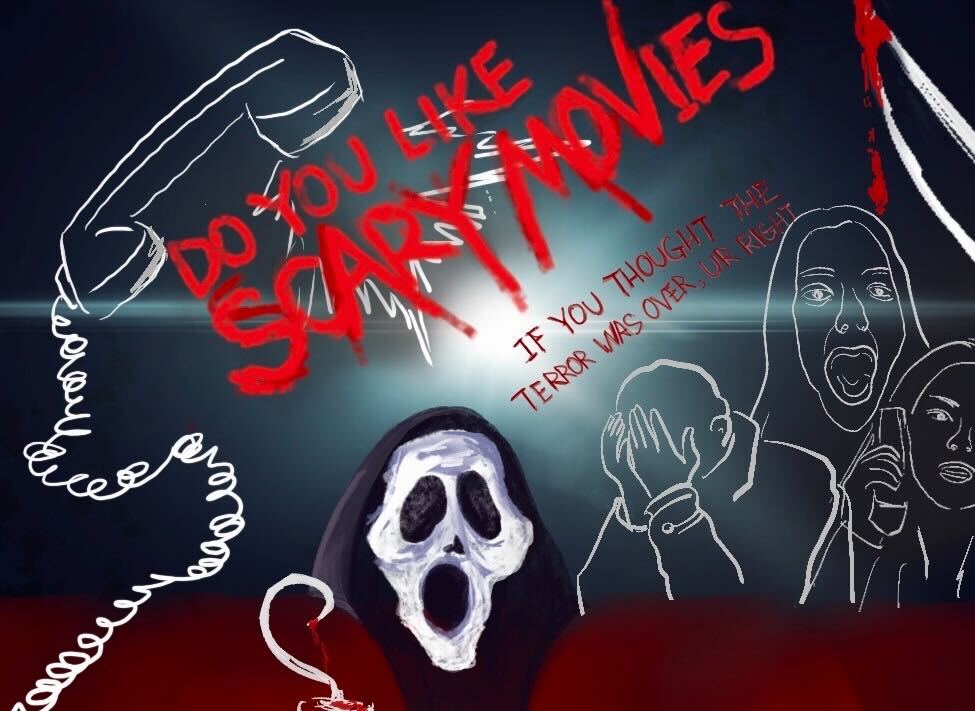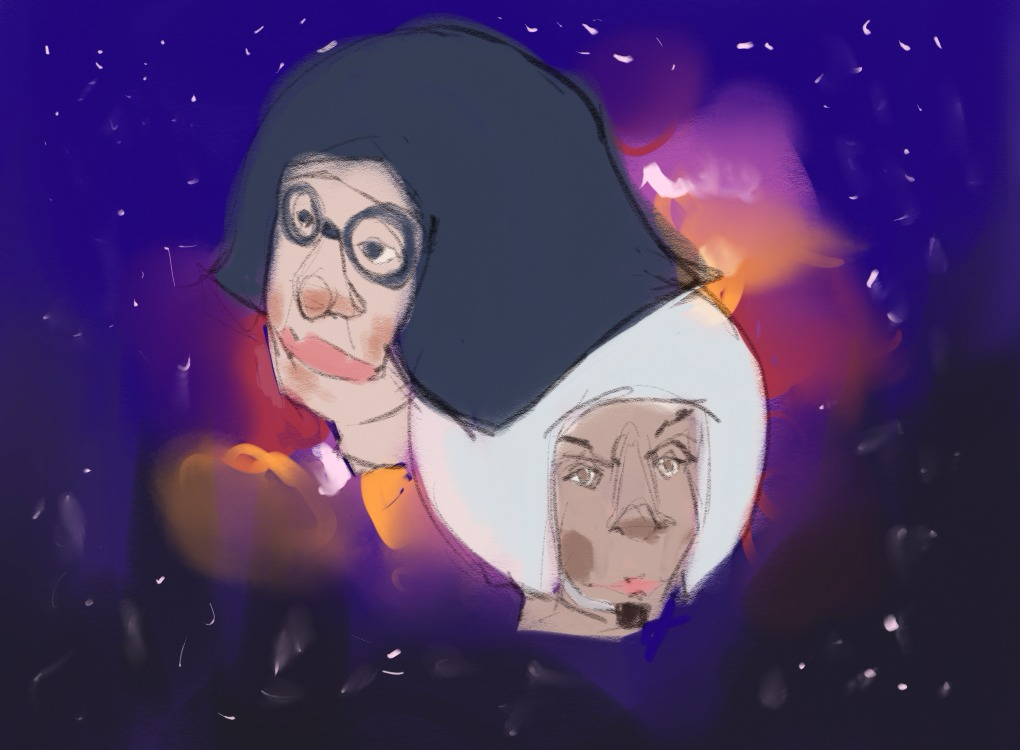
Ella Marija Lani Yelich-O’Connor, more popularly known as Lorde, returned to Washington, D.C.’s The Anthem after a three-year hiatus for a night of intimate and passionate connection, performing her newest project, “Virgin.” The evening began with a half-hour set by indie band Chanel Beads, followed by a performance by Amber Bain of The Japanese House and, finally, Lorde. Each artist contributed a vastly different energy than their showmates, forming the perfect unreplicable storm that is classic to the halls of The Anthem and mesmerizing the young fans, showcasing bright duct tape on their bodies.
In June 2025, Lorde released “Virgin,” her fourth studio album, which explores themes of intimacy, body image and gender identity. With “Virgin,” Lorde ventures away from the pop-folk style of her preceding album, “Solar Power,” and plays with electronic pop and bold textures, the project’s experimentalism shining through its piercing lyrics and varying timbres.
Opening the evening, Chanel Beads’ Maya McGrory lit up the venue with a soft-grunge harmony, refreshed by breathy lyrics that soon transitioned to a rich, projected voice filling the room with intense vibrations. The set’s ferocity increased with each song and the vehemence of McGrory’s performance overtook frontman Shane Lavers as he slowly but repeatedly bashed his head against the microphone, adding another layer to the band’s experimental set. Chanel Beads had limited crowd work, only occasionally acknowledging them by repeating the city’s name and expressing gratitude for being a part of the tour. The brief set introduced the variety of tones to present throughout the night, but didn’t quite warm up the crowd, which remained stiff behind the barricade.
Almost a perfect opposite to Chanel Beads’ soft grunge and dimly backlit set, The Japanese House seemed to float onstage with their welcoming energy, their visuals illuminated by a projection of a sky that blended with ever-shifting colored light. Between songs, Bain’s endearing tone radiated toward the crowd, and the pit’s stiffness slowly dissipated as more hands waved in the air along with The Japanese House’s uplifting and soft synthetic-pop harmonies. “I want to tell you that I love you,” Bain said to the crowd. Before playing “Boyhood,” Bain addressed the band’s transgender fanbase in the audience, offering welcoming words to the community. The crowd now had no semblance of discomfort in the packed pit and was prepared to fully receive the vulnerability Lorde would bring in the next twenty or so minutes.
Piercing the now dark atmosphere, a bright strobe light focused on the center stage, adjusting its direction to make way for Lorde’s strut to the center stage. She immediately captivated her patient fans. Cloaked by the flashing lights, Lorde’s smooth voice comfortably clashed and soon blended with the synth-pop track of the opening song, “Hammer.”
The night was laced with pure intentionality; from Lorde’s every hand movement to the intimate sway of her background dancers from the left stage, she commanded the mesmerized room. The crowd was entranced by her charismatic transitions, her soft rasp adding a magnificent texture to her sound, as if all 6,000 of us were in the studio with her that evening.
Lorde introduced intimacy to the performance when she carefully unbuckled her belt during “Current Affairs,” stepping out of her ripped jeans to reveal a pair of deep red boxers. “My whole life… I thought being a woman is — it’s this smallness, it’s this containment of the self… I always felt I was too much,” Lorde said to the crowd. The musician’s passion was apparent in the way each word of her meaningful dedication was stressed.
“If there’s anything that you feel you grip tight to, and you’re like, I don’t even know why I do this… let it go, because my life has gotten so much richer the more layers I peel away,” Lorde added. “Here I am in all my, I don’t know, gore? Glory? But it’s really me.” These moments of personal reflection broke the barrier between the artist and her fans.
After an extended version of “Clearblue,” Lorde turned away from the crowd and stripped her t-shirt, carefully placing strips of bright silver tape on her exposed chest before climbing onto the speaker platform to perform her next track. This fierce defiance of the ideals of masculinity reinforced her message in “Man of The Year,” as its opening soon entered the restless air.
Lorde’s dedication to abandoning social ideals of body image and femininity throughout her first night at The Anthem made the crowd one harmonious entity. Eventually, the pit stopped swaying and fans stopped wrestling for a perfect view, instead becoming enamored by the message Lorde was asserting. Her raw performance was rounded out by classics such as “Green Light” and her teenage anthem “Ribs,” but ultimately it was Lorde’s willingness to redefine her identity so openly that pulled the crowd together. That Saturday, the intentionality and intimacy that Lorde brought allowed for personal expression to thrive, creating a shared camaraderie among strangers as they belted the last few lyrics of the cherished “Ribs” to end the night.








